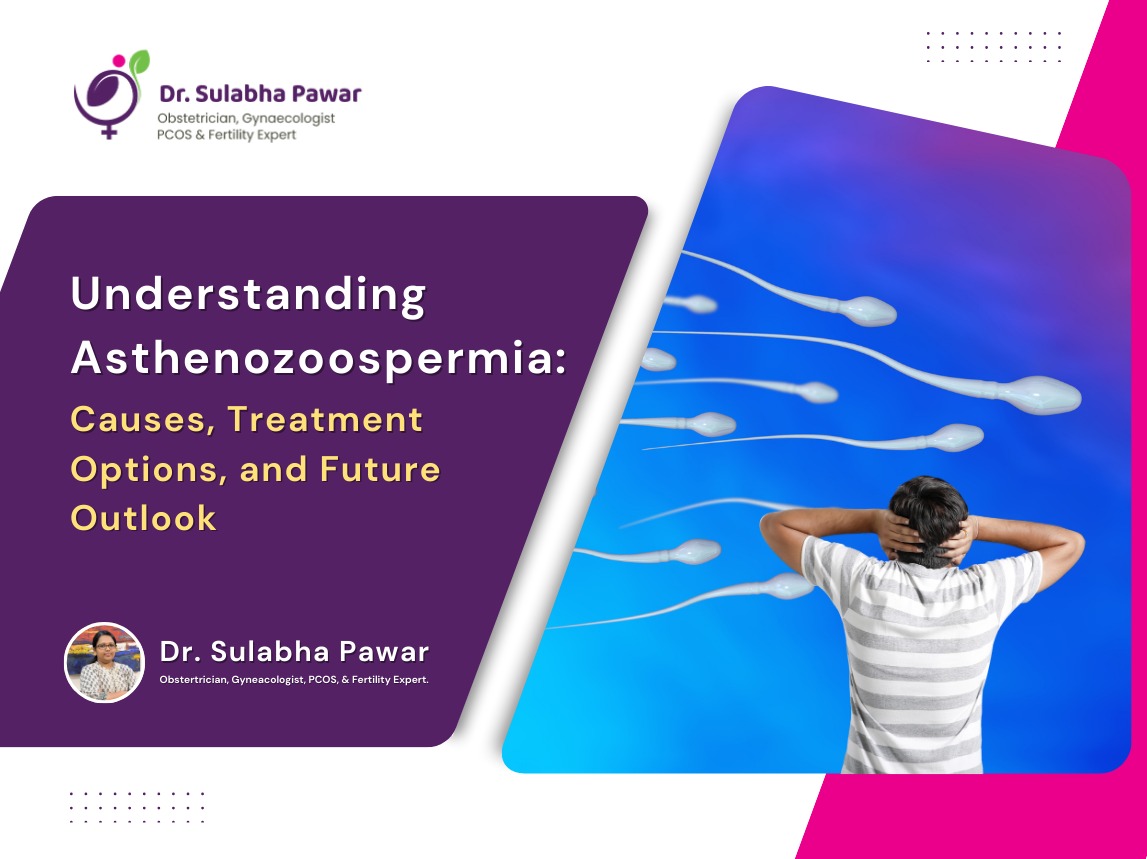Understanding Asthenozoospermia: Causes, Treatment Options, and Future Outlook
Introduction
- What is Asthenozoospermia?
- Define Asthenozoospermia simply, as a condition where sperm motility is reduced, making it harder for sperm to reach and fertilize an egg.
- Emphasize that motility is crucial for natural conception.
- Who Can Be Affected?
- Briefly mention that it affects men of various ages and is one of the more common causes of male infertility.
Causes of Asthenozoospermia
- Genetic Factors
- Discuss how certain genetic mutations or hereditary issues can impact sperm motility.
- Lifestyle Factors
- Highlight the impact of smoking, alcohol, poor diet, obesity, and sedentary lifestyle on sperm health.
- Mention the effects of chronic stress and lack of sleep.
- Medical and Environmental Causes
- Detail how certain medications, hormonal imbalances, infections, and exposure to chemicals or high temperatures can reduce motility.
Diagnosing Asthenozoospermia
- Understanding Semen Analysis
- Explain how a semen analysis works and the specific criteria for diagnosing Asthenozoospermia.
- Mention the World Health Organization (WHO) guidelines for sperm motility standards.
- Additional Tests
- Describe any further testing that may be recommended if Asthenozoospermia is detected, such as genetic tests, hormone analysis, or ultrasound of the testes.
Can Asthenozoospermia Be Treated?
- Lifestyle Changes and Natural Remedies
- Discuss the role of lifestyle modifications, such as diet improvements, regular exercise, and reducing alcohol or tobacco consumption.
- Medical Treatments and Medications
- Cover various medications and supplements, like antioxidants, which may help improve sperm motility.
- Mention hormone therapy as a possible treatment if hormonal imbalances are identified.
- Assisted Reproductive Technologies (ART)
- Briefly explain how techniques like Intrauterine Insemination (IUI) and In Vitro Fertilization (IVF) are used.
- Introduce Intracytoplasmic Sperm Injection (ICSI) as an effective option for severe cases of Asthenozoospermia, where sperm is directly injected into the egg.
Can Asthenozoospermia Be Reversed or Is It Permanent?
- Understanding the Variability of Cases
- Explain that while some cases are linked to reversible lifestyle or environmental factors, others, particularly those with a genetic basis, may be more challenging to treat.
- Prognosis and Long-Term Outlook
- Discuss how early diagnosis and treatment can improve chances of conception.
- Emphasize that while Asthenozoospermia may not always be “curable,” successful management and family planning options are available.
Coping with Asthenozoospermia
- Emotional and Psychological Support
- Mention the emotional toll of infertility and the importance of seeking support from partners, family, or counseling.
- Highlight available support groups or therapy options.
Key Takeaways
- Summarize the main points, emphasizing that Asthenozoospermia is a common but manageable condition, with many options for support and treatment.
- Reinforce the message of hope, as medical advancements continue to offer new solutions for male infertility.
Closing Remarks
- Encourage readers not to lose hope and to consider discussing their fertility concerns with specialists like Dr. Sulabha Pawar for tailored guidance and support.




